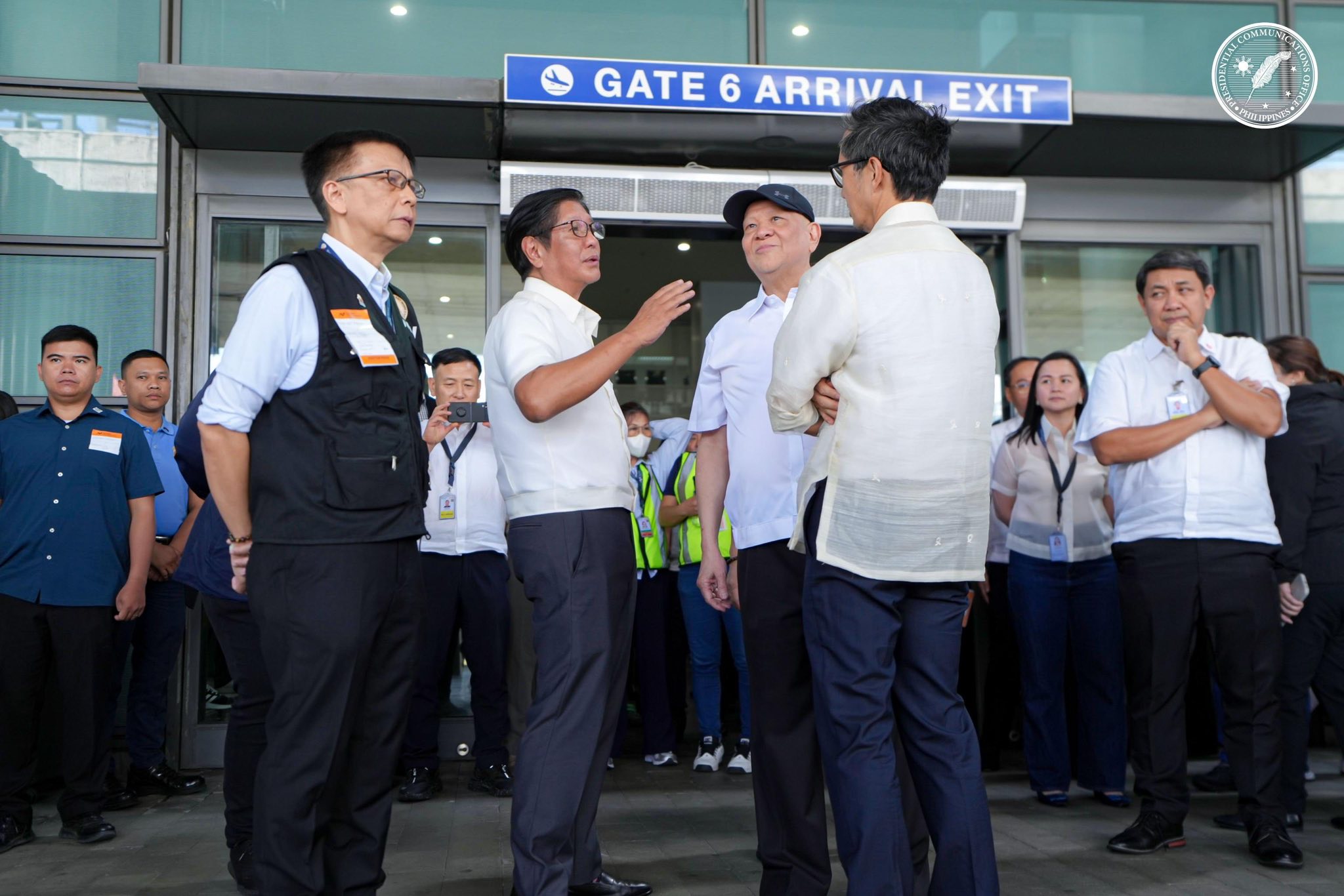
By Dean Aubrey Caratiquet
Upon assuming the role of presidency after his triumph at the 2022 polls, President Ferdinand R. Marcos Jr. has vowed to improve the country’s public transportation sectors on land, rail, sea, and air.
Such was the case with the Ninoy Aquino International Airport (NAIA), which has been the subject of several technological upgrades following its privatization under the hands of the New NAIA Infrastructure Corporation (NNIC), which took over the reins of operating the country’s flagship air transport hub in September 2024.
In his visit at NAIA on Tuesday, June 3, President Marcos lauded the upcoming implementation of facial recognition technology at Metro Manila’s primary airport, which is an initiative geared towards improving the experience of travelers, especially for Overseas Filipino Workers (OFWs).
The advanced system, expected to be rolled out before Christmas, will enable passengers to pass through immigration using only their facial features, thereby eliminating the need for passports and ID cards.
President Marcos declared: “Soon, malapit na, iyong mukha na lang nila ayun na. Hindi na kailangan bumunot ng passport…magkakaroon na tayo niyan.”
The Chief Executive added: “They have facilities now that they didn’t have before. But more importantly, I think, in the facilities, if you’re trying to make life easier for them, na mabilis na hindi sila hinahanapan ng ID.”
Such efforts are among the fruits of the Public Private Partnership (PPP) model, which is funding the modernization of the country’s flagship air transport hub.
In addition to the facial recognition system, President Marcos mentioned other upgrades, such as relocating hired vehicles and taxis underground to reduce congestion.
jpv
